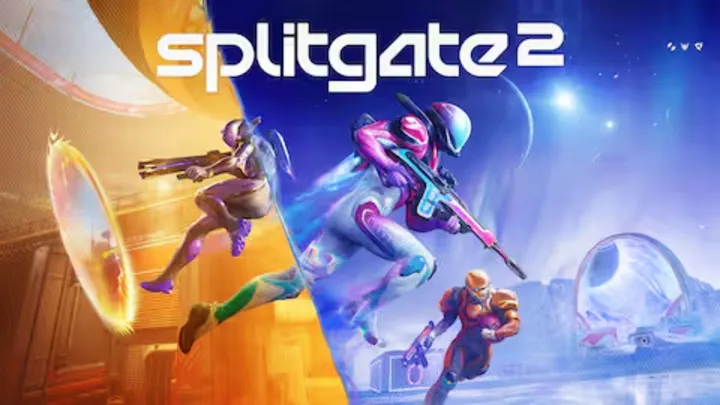Splitgate 2 has redefined arena shooting by evolving its signature portal mechanics into a complex, multidimensional combat system. Unlike standard shooters that reward aim alone, Splitgate 2 demands mental agility, spatial awareness, and impeccable timing. In this guide, we’ll dive deeply into one specific aspect: portal combat efficiency—how to deploy, manipulate, and dominate the battlefield using portals as offensive, defensive, and strategic tools.
This isn’t a surface-level overview. It’s a 5,000-word exploration designed to elevate your Splitgate 2 gameplay from reactive to anticipatory mastery—covering everything from portal placement psychology to dynamic map control and predictive combat movement.
1. Understanding the Core Mechanics of Splitgate 2’s Portal System
Before diving into tactics, it’s essential to understand how portals have evolved in Splitgate 2 compared to its predecessor.
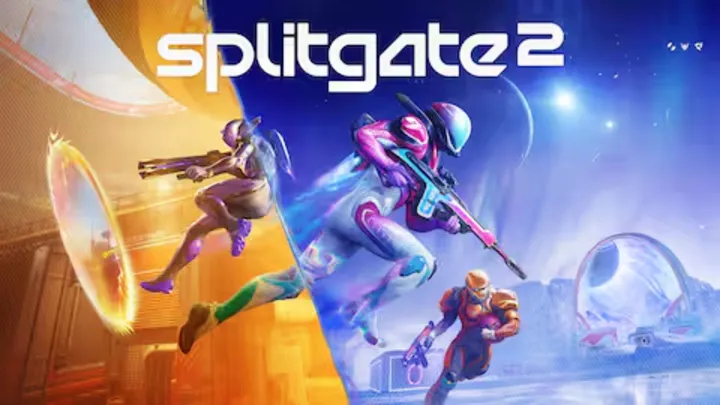
The Duality of Movement and Vision
In Splitgate 2, portals are no longer just teleportation windows—they are tools of perception. Each portal now functions as both a movement gateway and a visual extension of your line of sight. You can scout, flank, and even control engagements by peeking through portals.
This means situational awareness is multiplied. Instead of only reacting to threats in your physical space, you can see through dimensions—giving you tactical foresight. The best players treat portals as a sensory network, not just doorways.
The Evolution from Splitgate 1
Splitgate 2 introduces energy-based portal limits, meaning you can’t spam portals indefinitely. Every use requires managing cooldowns and energy meters. The result is a more strategic pacing—rewarding players who plan portal sequences rather than using them instinctively.
2. Mapping the Battlefield: Strategic Portal Points
Every map in Splitgate 2 is designed with portal logic in mind. Mastering portal combat efficiency begins with map literacy.
Recognizing Portal Zones
Each map contains designated portal walls—surfaces that can accept your portals. These aren’t random placements; they are carefully integrated into the game’s geometry. High-level players memorize these points to chain movements efficiently.
For example:
- Helix Station – features vertical portal spots near power weapons, enabling fast rotations.
- Subversion – uses long sightlines for portal sniping.
- Gridpoint – designed for high-mobility mid-fights through looping portals.
The Art of Pre-Portal Placement
Great players don’t react—they pre-place. Before entering combat zones, set up your escape or re-engagement portals in safe zones. This technique, known as pre-portaling, allows you to reset fights instantly if you lose momentum.
3. Offensive Portal Usage: Creating Lethal Angles
Portal efficiency is not just about escaping; it’s about killing smarter.
Creating Crossfire with Yourself
A hallmark of skilled players is creating multi-angle attacks using portals. By opening a secondary portal behind or above enemies, you can engage them from two vectors simultaneously—forcing confusion and misdirection.
For instance, open a portal behind an enemy spawn zone, then peek through your original position to snipe from safety. You become a ghost attacker—never fully visible, always unpredictable.
The Psychological Advantage
Players are conditioned to think linearly in shooters. Portals disrupt that mental model. When you attack from impossible directions, you erode their confidence, forcing them into defensive panic. Portal-based offense isn’t just physical; it’s psychological warfare.
4. Defensive Portal Play: Escaping and Resetting Fights
Defense in Splitgate 2 is about survival through intelligence, not retreat.
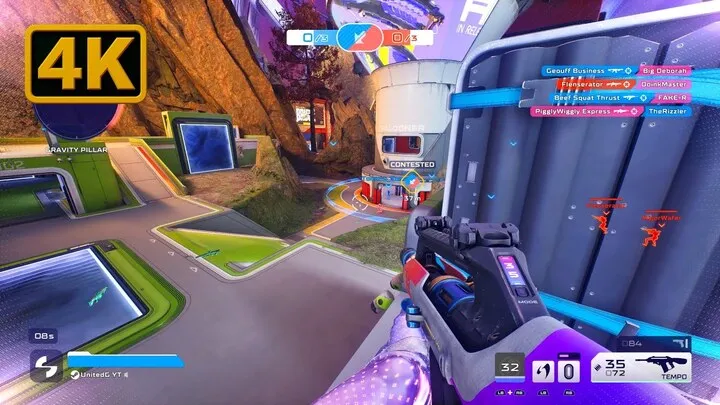
The Instant Reset
If a firefight goes poorly, an experienced player doesn’t run—they portal reset. This involves placing a portal behind cover or around a corner before engaging. When health drops low, step backward through the portal and emerge safely across the map.
This creates an effect similar to a “blink” or “recall” ability found in other shooters, but it’s entirely skill-based.
Repositioning Advantage
When escaping, never place your secondary portal in the same elevation plane. Vertical repositioning (high ground to low ground, or vice versa) confuses your opponent’s tracking and prevents predictable pursuit.
5. Advanced Techniques: Portal Baiting and Echo Kills
At the elite level, portal combat becomes mind games.
Portal Baiting
Portal baiting involves opening an obvious portal in an expected location, drawing enemy fire or pursuit. When they commit to entering, you’re already positioned with a shotgun or rocket at the exit.
This trick requires sound awareness and map timing—you can predict portal use by the distinct sound cues Splitgate 2 provides.
Echo Kills
Echo kills are advanced maneuvers where you shoot through a portal, close it instantly, and reopen a new one mid-projectile flight. It creates an illusion of “impossible” bullet trajectories, hitting enemies from behind even when they’re covered.
This technique relies on timing precision and muscle memory, often used with hitscan weapons like the Carbine.
6. Energy Management and Cooldown Control
A common mistake among beginners is overusing portals without tracking energy.
Understanding Energy Mechanics
Each portal consumes a portion of your portal energy meter. Overuse leaves you exposed—unable to create escape routes or chase opportunities. Energy regenerates passively, but managing it means planning engagements carefully.
A good rhythm to follow:
- Place your pre-portal.
- Engage in combat.
- Retreat or chase using your second portal.
- Wait for recharge before the next encounter.
Cooldown Efficiency
Time your portal closures strategically. Closing an unused portal early restores energy faster. This is known as cooldown cycling, a crucial skill for maintaining perpetual mobility during heated matches.
7. Map Control and Rotational Portals
Portals aren’t just personal tools—they are map control devices.
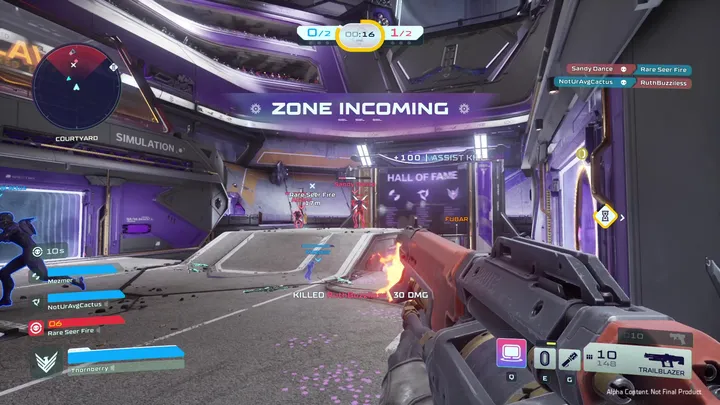
Creating Rotational Routes
When your team needs to rotate between objectives, portals allow near-instant repositioning. For instance, a defender on “Control” mode can place a portal between Point A and Point C, allowing emergency reinforcement.
This reduces downtime and creates unpredictable rotations—denying the enemy map predictability.
Territory Denial
Strategically placed portals also serve as traps. If you position one near a contested choke point, you can monitor and ambush enemies attempting to push through. Portal placement becomes territorial dominance.
8. Team Coordination with Portals
Splitgate 2 emphasizes teamwork more than before, with portals functioning as shared tactical assets.
Communicating Portal Routes
In coordinated teams, players call out portal setups:
- “Blue portal on sniper nest.”
- “Exit on red base behind statue.”
This communication transforms the battlefield into a multi-dimensional transport system, allowing rapid group pushes or synchronized ambushes.
Supporting Teammates
As a support player, your portals can act as lifelines. If a teammate is cornered, you can open a rescue portal near them, pulling them out of danger without direct engagement.
Effective teams rotate portals like Overwatch players rotate ultimates—timed, synchronized, and game-changing.
9. Weapon-Specific Portal Synergies
Different weapons synergize uniquely with portal combat efficiency.
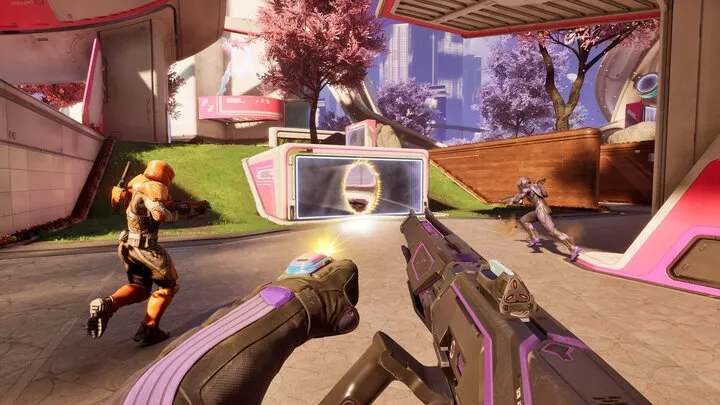
Sniper Rifles
- Best Use: Through long portal sightlines.
- Tactic: Peek through one portal while your body remains hidden. Shoot, close, and relocate instantly.
- Result: Minimal exposure, maximum impact.
Shotguns
- Best Use: Portal flanking.
- Tactic: Open a close-range exit near enemies, rush through, fire, and retreat through the same portal.
- Result: One-shot ambush kills.
Rocket Launchers
- Best Use: Splash damage through portals.
- Tactic: Fire into a portal directed at enemy cover to hit indirect angles.
- Result: Area denial and multi-kills from unexpected vectors.
10. Mental Flow and Anticipation: Becoming a Portal Combat Master
At its highest level, Splitgate 2 is about mental flow—seeing the game as a continuous three-dimensional puzzle.
Predictive Portaling
Predict where fights will occur, not where they are now. Experienced players “seed” future battle zones with portals minutes before engagement. This transforms fights into pre-scripted victories—you already own the map’s geometry before conflict begins.
Developing Portal Intuition
Over time, you’ll feel the battlefield rather than think about it. This portal intuition comes from repetition:
- Constant pre-portaling.
- Continuous movement, even outside fights.
- Watching professional gameplay for pathing inspiration.
Your goal isn’t just to use portals—it’s to become a living extension of them.
Conclusion
Mastering portal combat efficiency in Splitgate 2 means mastering the language of movement, vision, and deception. Every portal you place tells a story: of aggression, retreat, or control. The true skill lies not in reaction but in orchestration—creating layers of possibilities where your enemies see only walls.
By internalizing the principles above—map literacy, offensive and defensive portal logic, baiting, energy control, team coordination, and predictive flow—you transcend standard shooter instincts. You stop playing Splitgate 2 and start conducting it like a symphony of space and time.

















